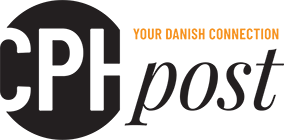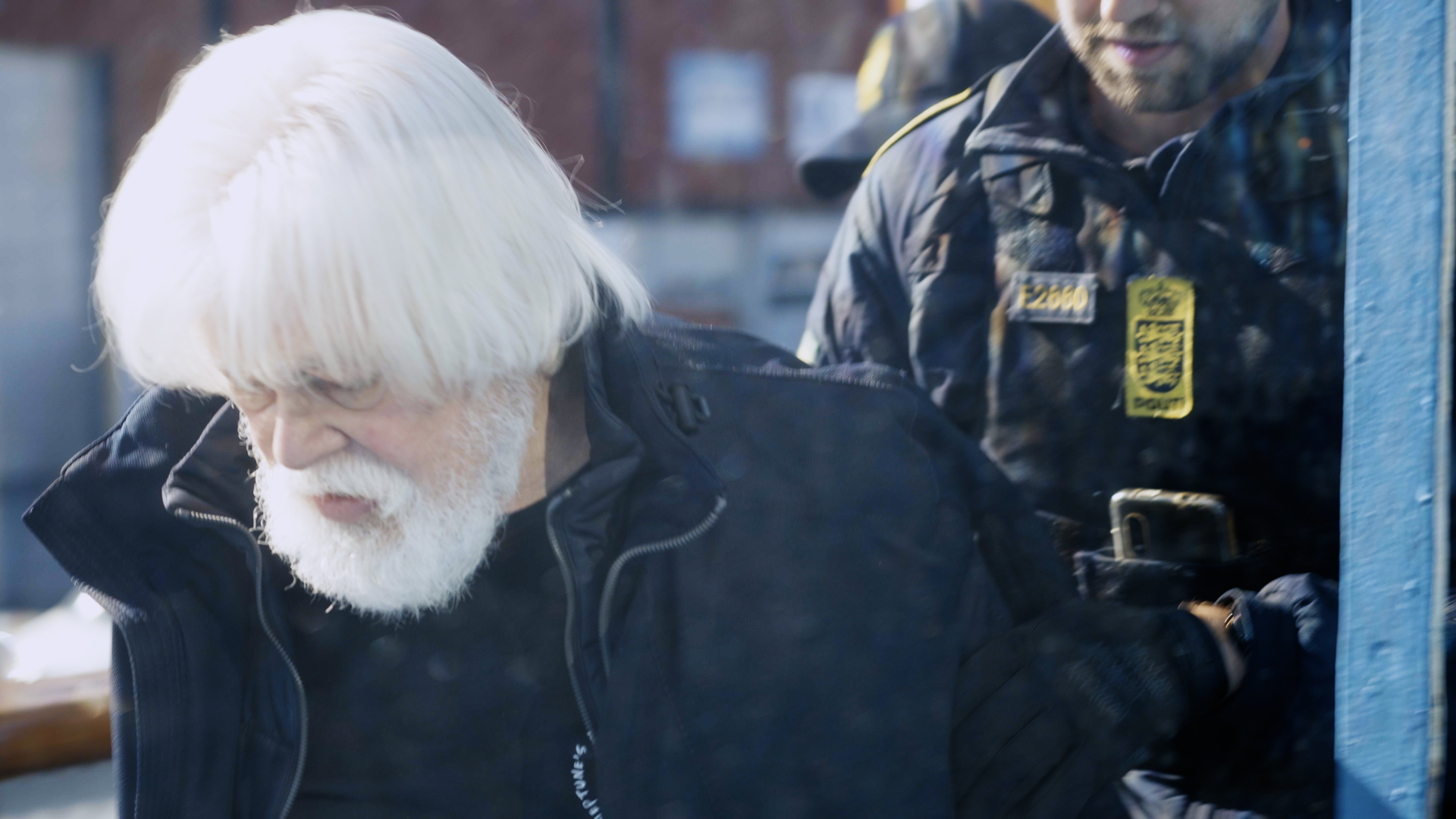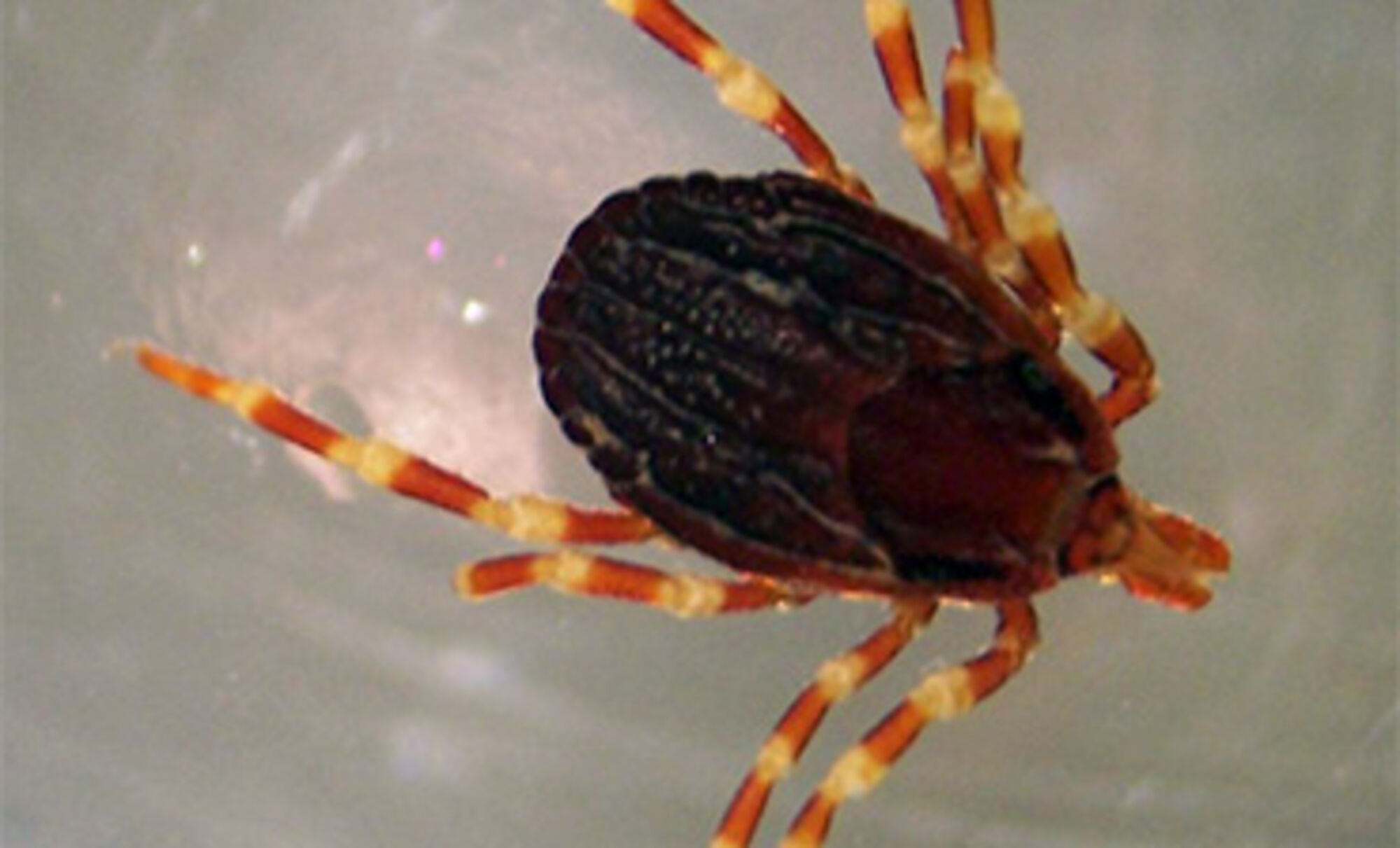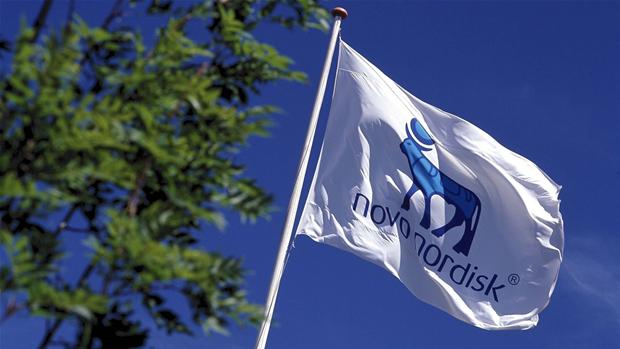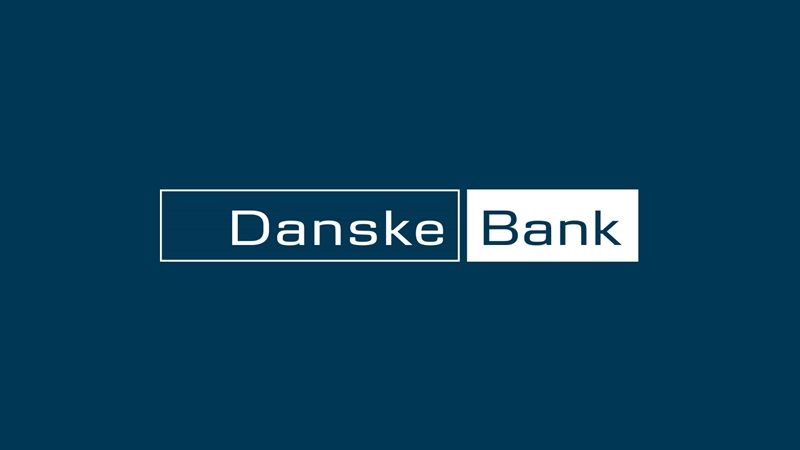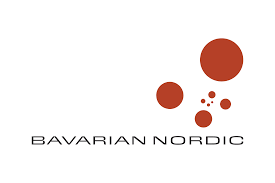“Two women received sperm from sick donor.”
“Sperm Bank covered up inherited disease.”
These were two of the headlines that public broadcaster DR ran earlier this week following an exposé on its program 21 Søndag about nine children, all conceived using the same donor’s sperm, all carrying a hereditary disease.
The program alleged that the sperm bank, Nordic Cryobank, had sat on its hands for six months before telling the fertility clinics that had bought the sperm. 21 Søndag alleges that two more children were conceived in that period and one was born with the disease.
During the programme, a spokesperson for the national board of health, Sundhedsstyrelsen, described the case as “very serious” and stated that the organisation “could not have imagined that this could have happened”.
The health minister, Astrid Krag (Socialistisk Folkeparti), even weighed into the debate, telling metroXpress newspaper that the sperm bank could be reported to police and have its license revoked.
But it might not be as clear cut as 21 Søndag made it seem. Following the revelations, Nordic Cryobank sent a letter to the fertility clinics explaining that simply because a child conceived using donor sperm was born with the disease, it does not follow that the main culprit would be the sperm.
At the heart of the controversy is the sperm donor, identified only as “donor 7042”, who passed on the genetic illness Neurofibromatosis 1 (NF1) to nine of the 43 children who, according to 21 Søndag, were conceived in 14 different clinics in multiple countries using his sperm.
NF1 is the most common inheritable disease in the world and in half of cases it is not inherited but arises spontaneously through a genetic mutation. But what was unique about the donor was that not only had he spontaneously developed the illness, the mutation was also not present in all of his sperm cells.
According to Peter Bower, the managing director of Nordic Cryobank, the case is almost without precedent.
“There are two rare situations,” Bower told The Copenhagen Post. “Firstly that he hadn’t inherited it from his parents, which is the case in 50 percent of cases. Second he cannot be clinically classified as having NF1, as it only occurs in some of his cells. So not only was [the donor] a sporadic case, he only had NF1 In a fraction of his cells.”
Bower argues that donor 7042 was therefore not “sick” as the DR headline claims. He carried none of the wide-ranging, and often life-threatening, symptoms that can affect sufferers of NF1, such as nodules beneath the skin, poor eyesight and curvature of the spine. And Bower estimates that becauseonly some of the donor's cells had mutated, the chances he would pass on the disease was only between 10 and 20 percent, as opposed to 50 percent with a full-blown NF1 carrier.
Due to the likelihood that donor 7042 did not have NF1, he was not considered the most likely source of the disease when, in June 2009, a child who had been conceived with his sperm, was reported to have the illness. Supporting this position was the fact that 7042 had already fathered a number of children without NF1.
It was only in October 2009, when a second child conceived using sperm from donor 7042 was found to have NF1, that the clinic tested the man’s sperm. The first tests came back negative, but more comprehensive tests that took a further eight weeks came back positive. In December, when Nordic Cryobank got the news, it informed the fertility clinics.
Nordic Cryobank and DR paint different pictures of what happened during this period of time. According to DR, “six months pass before Nordic Cryobank reacts. In this period at least two women are inseminated and one of them today has a sick child.”
But according to Nordic Cryobank, only one child was conceived during the period between the first reported case of NF1 in June and the fertility clinics being informed in December. That child, the company maintains, was healthy.
Nordic Cryobank also disagrees that it did not “react” during the six months between the first report in June 2009, and the sperm bank informing clinics in December 2009. While it initially ruled out donor 7042 as the carrier, once the second report came in it performed extensive genetic testing that determined that the man did, in fact, carry the genes for NF1 in some of his cells.
The Copenhagen Post asked 21 Søndag to explain the discrepancy between the two versions of the stories but the request was turned down.
But more than just a matter of competing claims, the case brings up an ethical question: Should Nordic Cryobank have withdrawn the sperm as soon as the first case was reported?
Professor Jakob Ingerslev, from the Fertility Clinic at Aarhus University Hospital, who presided over one of the inseminations carried out after the initial warning, feels the company should have at least spoken up.
“I think they have a duty to let us know the moment they know that a child might inherit a disease from a donor,” Ingerslev told 21 Søndag.
By the time of going to publication, Sundhedsstyrelsen had not replied to a request to comment on the steps taken by Nordic Cryobank. But according to the organisation’s website a new law that takes effect on October 1 will force sperm banks to inform fertility clinics and the Sundhedsstyrelsen as soon as there is a suspicion that a donor could be carrying an hereditary disease.
Nordic Cryobank is not in favour of the new approach, however. Taking the case of donor 7042, it feels it acted with caution and weighed up the risks. The man was healthy, his sperm had been used to conceive several healthy children, and the disease could also arise spontaneously. On balance, they argued it was unlikely to be the donor that was responsible for the disease.
In a situation like that, Bower argues, spreading information would amount to spreading fear.
If the law had been in place, Nordic Cryobank would have been required to recall sperm that had been used to conceive children that were later found to have NF1. But with 50 percent of cases arising spontaneously, and thus not inherited from the father, mothers who were impregnated using the sperm would be placed in a difficult position.
“From experience we know that it is impossible to limit that this information is only received by clinics,” Bower says. “If you voice a suspicion, even if there is a sound basis, we risk that some pregnant women may panic and have an unnecessary abortion. In other words, if the suspicion proves to be a false alarm, foetuses could pay with their lives.”
